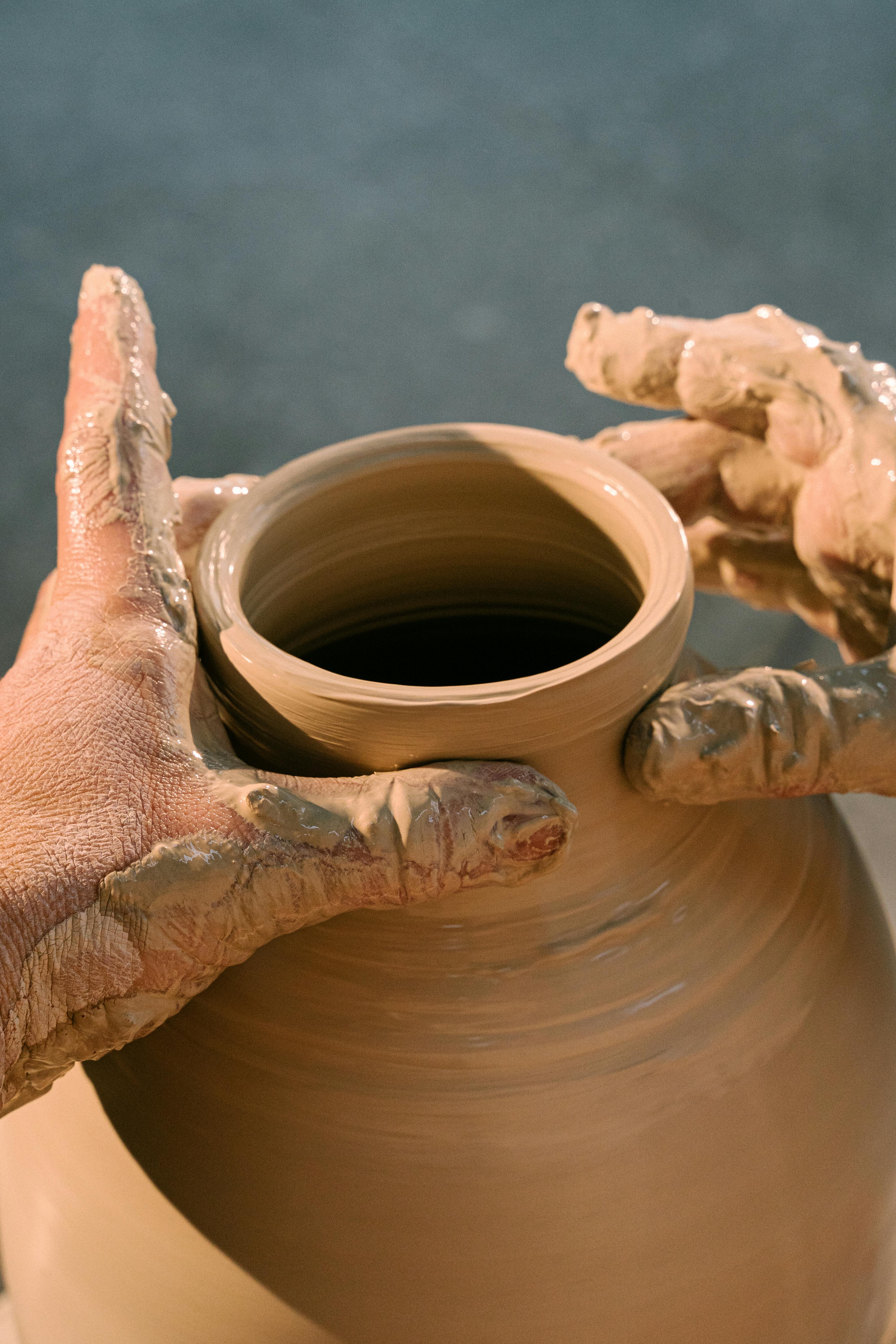
Delve into the fascinating world of ceramics making, an art form that merges creativity and skill to transform raw materials into exquisite pieces of pottery and sculpture. From ancient techniques to modern innovations, ceramics has always been a testament to human ingenuity and artistic expression. Whether you’re shaping clay by hand or exploring advanced glazing methods, the journey of ceramics making offers a myriad of opportunities to connect with history, culture, and personal creativity.
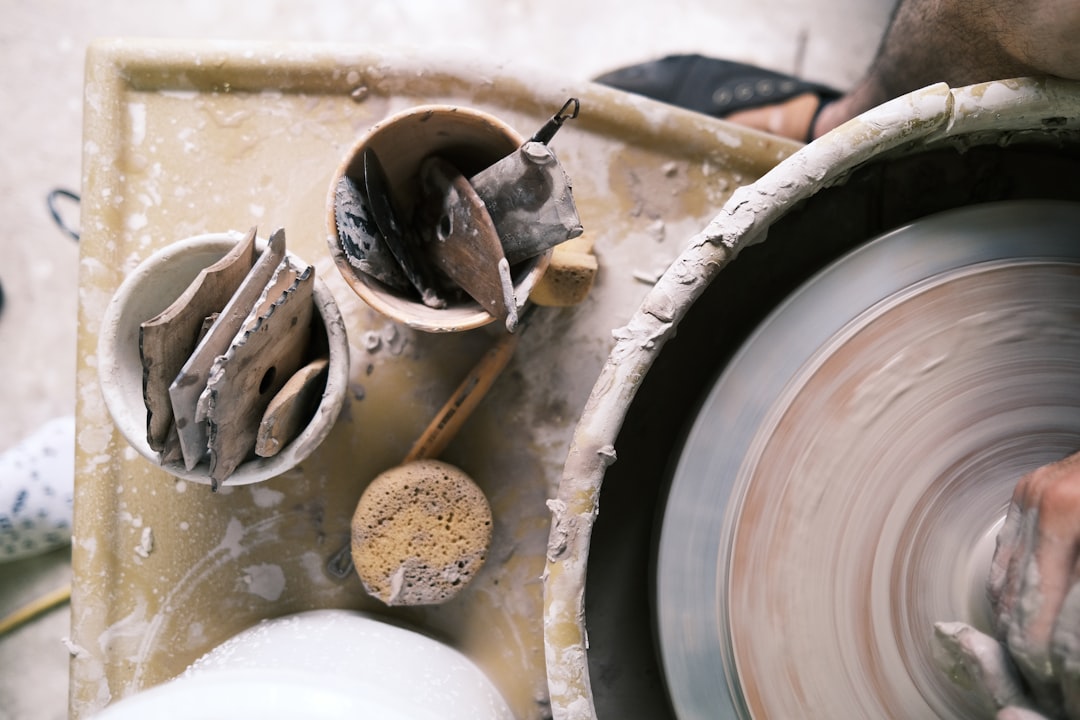
| Technique | Material | Description |
|---|---|---|
| Hand-Building | Clay | Crafting pieces using hands and simple tools without a pottery wheel. |
| Wheel Throwing | Clay | Using a potter’s wheel to shape symmetrical pottery with precision. |
| Glazing | Various Minerals | Applying a coating that forms a glassy surface after firing, enhancing color and durability. |
The Art of Choosing Clay
Picking the right clay is much like choosing the perfect ingredients for a recipe; each type of clay has its own distinct qualities and impacts your final product in unique ways. The three primary types—earthenware, stoneware, and porcelain—each offer specific benefits. Earthenware, for instance, is more forgiving and perfect for beginners, drying quickly and allowing for ample experimentation. Its porous nature, however, means that it needs a good glaze to become waterproof. Stoneware, usually fired at higher temperatures, presents a robust and durable alternative, ideal for functional pottery like mugs and dinner plates. Porcelain, celebrated for its strength and delicate beauty, requires more advanced handling. It creates smooth, translucent pieces but is more challenging to work with for those just starting.
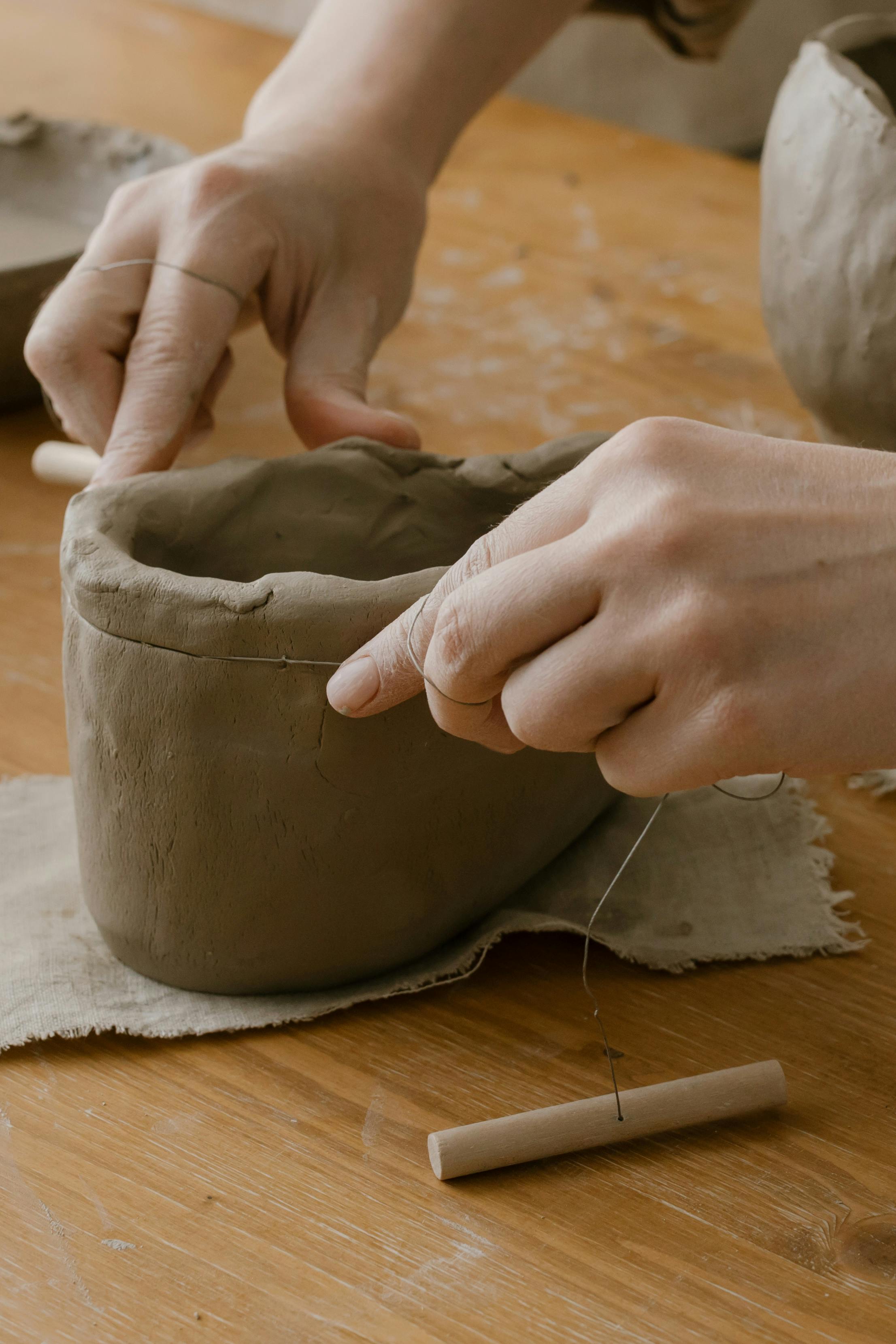
Exploring Hand-Building Techniques
When you’re molding clay with your hands, there’s something profoundly satisfying about creating shapes directly with your touch. Hand-building techniques encompass pinching, coiling, and slab building. These methods are accessible yet limitless in creative potential. Pinching involves shaping the clay between your fingers to form thin, even walls, perfect for small bowls and sculptures. Coiling is akin to writing with clay ropes, stacking them in circular patterns to build height and texture. Lastly, slab building uses flat pieces of clay, which can be wrapped, folded, or rolled to craft anything from plates to sculpture bases. Each technique provides a different level of control and expression, making hand-building versatile whether you’re a novice or an expert.
To learn more about ceramics and its rich heritage, consider exploring the Ceramics Bachelor’s Program at RISD, which offers comprehensive insights into various techniques and creative exploration.
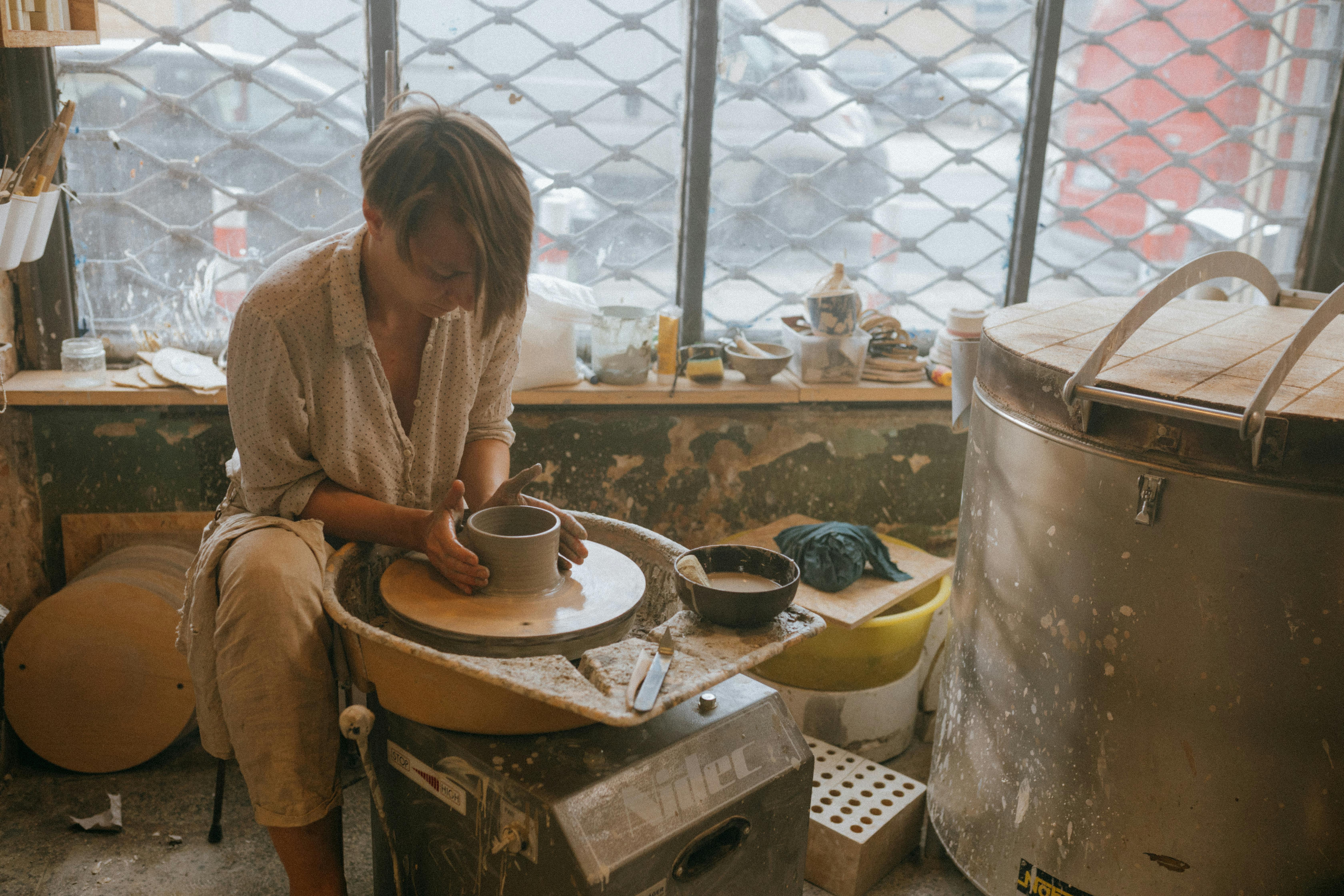
The Whirl of Wheel Throwing
There’s an almost meditative quality to the spinning of a potter’s wheel, where hands guide and shape the clay into symmetrical beauty. Wheel throwing requires practice and patience; beginners should start with simple forms like cylinders and bowls to understand the pressure and speed necessary for shaping. Mastering the wheel involves centering the clay, which ensures balance and symmetry, a process that takes time to perfect. The centrifugal force and delicate touch required may seem daunting at first, but like riding a bicycle, once you find your balance, the creations flow smoothly.
For a deeper dive into the art of ceramics, explore the Ceramics Department at Cranbrook Academy of Art, where traditional practices meet contemporary design innovations.
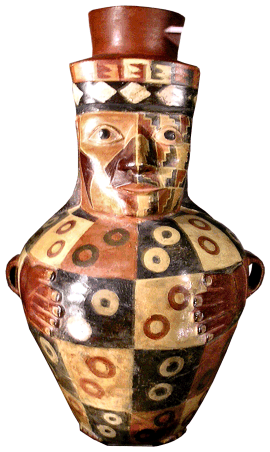
Glazing: Adding Color and Texture
Glazing transforms your ceramics from simple forms into vibrant artworks through a science-meets-art process. It requires an understanding of both the chemical composition of glazes and their interactions with clay bodies under heat. With a spectrum of colors and finishes available, from matte to high gloss, you can truly personalize each piece. Glazing not only enhances the aesthetic appeal but also serves to waterproof and strengthen the ceramic. Firing the glazed pottery creates a glass-like coating, either brightening or softening the piece’s colors. Experimenting with layering and various application techniques, such as spraying or dipping, can lead to stunning results.
Innovations in Ceramics
Today’s ceramicists are radically redefining what pottery can be through innovation and technology. There’s a growing trend towards combining traditional handcrafting skills with digital processes like 3D printing to create intricate designs previously thought impossible. Non-traditional materials, such as paper clay (a mix of clay and cellulose fibers), allow sculptors to achieve lightweight structures with intricate details not feasible with conventional clay. Environmental consciousness also fuels innovation, with artists exploring sustainable methods, such as recycling clay or using natural, locally-sourced materials to reduce their environmental footprint.
To stay informed on the latest trends and educational opportunities in ceramics, check out the Ceramics Department at RISD. This platform provides both foundational learning and cutting-edge developments in the field.
Are you ready to roll up your sleeves and dive into the world of ceramics? Whether you’re just starting out or are an experienced potter, there are endless possibilities to explore and express your creativity. What’s your preferred technique or style? Share your thoughts or experiences—I’d love to hear from other art enthusiasts!
For a selection of our most recent articles and insights into the world of ceramics and other art forms, visit our blog to continue your journey into artistic exploration.
Luxury Teapot and Teacup Manufacturing Process at an 80-Year-Old Korean Ceramic Factory
Delve deeper into the art of ceramics making by watching this detailed video that showcases the intricate manufacturing process of luxury teapots and teacups at a venerable 80-year-old Korean ceramic factory, highlighting both traditional techniques and modern craftsmanship.
How Is Ceramic Made?
Creating ceramics is an artful blend of science, skill, and creativity. First, you source and prepare raw materials like clay, refining them to ensure a suitable consistency. Next, the clay is mixed and shaped—by hand-building or wheel-throwing—into the desired form. Once shaped, the piece enters green machining where fine details are added or adjusted. It then undergoes a careful drying stage to remove moisture before being heated (or “bisque fired”) to strengthen it. After this presinter firing, a glaze is often applied to create vibrant colors and a smooth finish. The final high-temperature firing gives ceramics their durability and timeless appeal. To wrap up, surfaces can be polished or decorated, and the finely crafted piece is then ready to be packaged and enjoyed.
What Is the Process of Making Ceramics Called?
The overarching craft of transforming raw clay into finished ceramic pieces is commonly known as pottery. When someone shapes clay on a potter’s wheel or sculpts it by hand, they’re practicing pottery, and the place where these beautiful creations come to life is often referred to as a pottery studio. This term covers everything from hand-thrown mugs and bowls to ornate vases and artistic sculptures.
Crafting ceramics is truly a rewarding experience, allowing you to express your creativity while developing valuable skills. Whether you’re shaping a simple mug or an intricate sculpture, each piece you create holds a unique story and a piece of your imagination. Embrace the journey and enjoy every moment spent at the wheel or in the kiln, as you transform raw clay into beautiful art.
Stay Connected and Share Your Creations
I'd love to see your ceramic masterpieces and hear about your experiences! Be sure to follow us on Instagram for inspiration, tips, and a community of fellow ceramics enthusiasts. Let's continue to explore and grow in the wonderful world of ceramics together.
